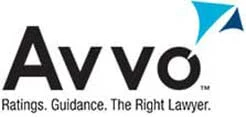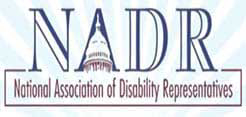You are entitled to railroad employee retirement benefits if you qualify for them yourself or through your spouse. The Railroad Retirement program is similar to the Social Security system, but it’s not the same. It’s administered by the Railroad Retirement Board, which is independent from the federal government.
As someone who may be entitled to RRB benefits, you need to know what those benefits are. Qualified individuals may receive retirement benefits through the RRB as well as sickness insurance benefits and unemployment. The system for the benefits is similar to the Social Security benefits others receive when they are not part of the railroad industry. You’ll pay into the benefits over the time you work in the industry, benefiting from it once you retire.
Are there basic service requirements for railroad employees?
Yes. The basic requirement is that a regular employee must have 10 years of creditable railroad service, or if they began work after 1995, five years of service. If you worked for the railroad over a period of years but not consecutively, that’s still acceptable. The service months don’t have to be consecutive in any way. You’ll get credit for a month even if you only work a single day that month.
If you leave service before you reach the minimum requirements, your funds will be transferred to the Social Security system instead.
This system of benefits can be complicated for people just learning about it. Your attorney can give you more information on how the RRB benefits system works and what you should do to qualify.




